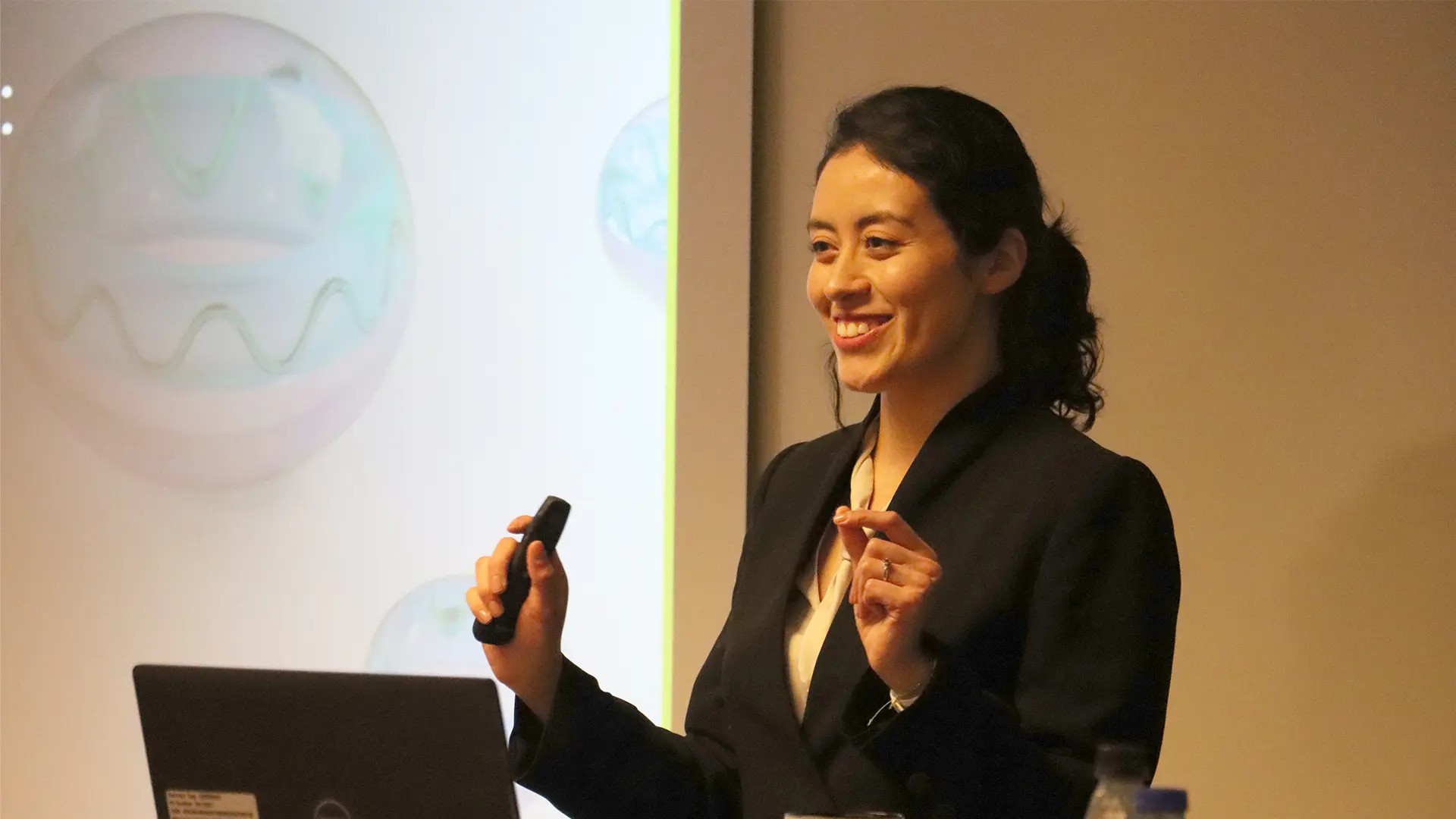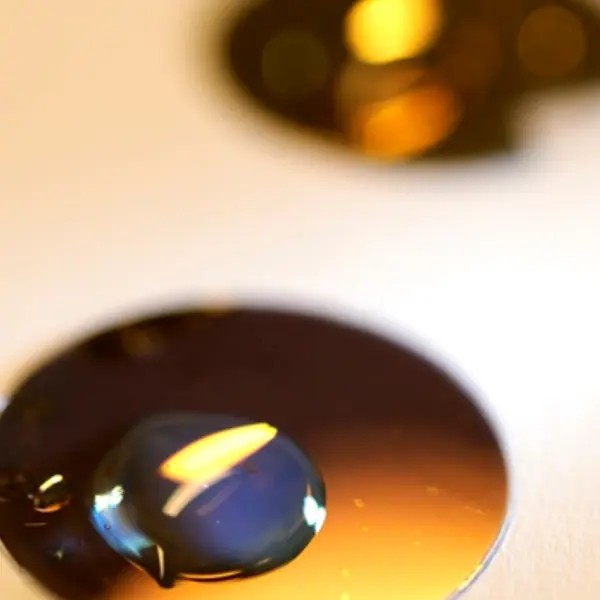
Adriana Canales Ramos receives the Arne Sjögren Prize 2024. The award is presented to the person who has written the most innovative thesis in the field of nanoscience.
“The prize holds a significant personal value for me, during the initial phase of my PhD, I found it challenging to see the worth of my work. However, towards the end, I was able to appreciate its value, and this award shows that other scientists also recognize its importance”, says Adriana.
The prize was established in memory of Chalmers alumnus Arne Sjögren who bequeathed money to Chalmers. An award of 30,000 SEK is therefore granted to a person in nanoscience every year. Adriana will also have the opportunity to present her thesis at the yearly Nano Area of Advance Community Building Activity in August.
A personal journey
“I was nominated by my supervisor Timur Shegai, for which I am very grateful. I put a lot of effort and dedication into writing my thesis. In an attempt to make it more personal, the concluding part of my thesis not only summarized my findings but also highlighted how each project shaped me as a researcher. I wanted to show the thesis results from a long process. I am proud to have contributed to increasing scientific knowledge”, Adriana explains.
The discovery of polaritonic phenomena
Adriana has studied the strong interaction between light and materials, such as water. Common light-matter interactions allow us to see, study, and even manipulate the world, but they are usually on the “weak” regime.
“When the interactions reach the “strong” regime we can’t distinguish the light and the matter parts anymore. Instead, we use polaritons to describe these hybrids’ properties. Their properties have been studied for a long time with complicated samples and setups. My thesis proves that it doesn't have to be complex and complicated samples. These phenomena sometimes occur naturally. For example, it turns out that water droplets in clouds are polaritonic!”
Her thesis can contribute to significant discoveries
She explains that she is very curious about what might happen next in the field. Her thesis could, for example, contribute to explaining various atmospheric effects or be useful in drug delivery.
Adriana, who is from Mexico, is now concluding her chapter at Chalmers and transitioning to the industry to work at Thorlabs. However, she still has some projects to complete at Chalmers.
“I assist in certain projects and still have many friends here. We'll see what the future holds; perhaps I will return to academia in the future.”
Read Adrianas doctoral thesis
"Strong Light-Matter Coupling: the Road from Conventional to Cavity-Free Polaritons"
